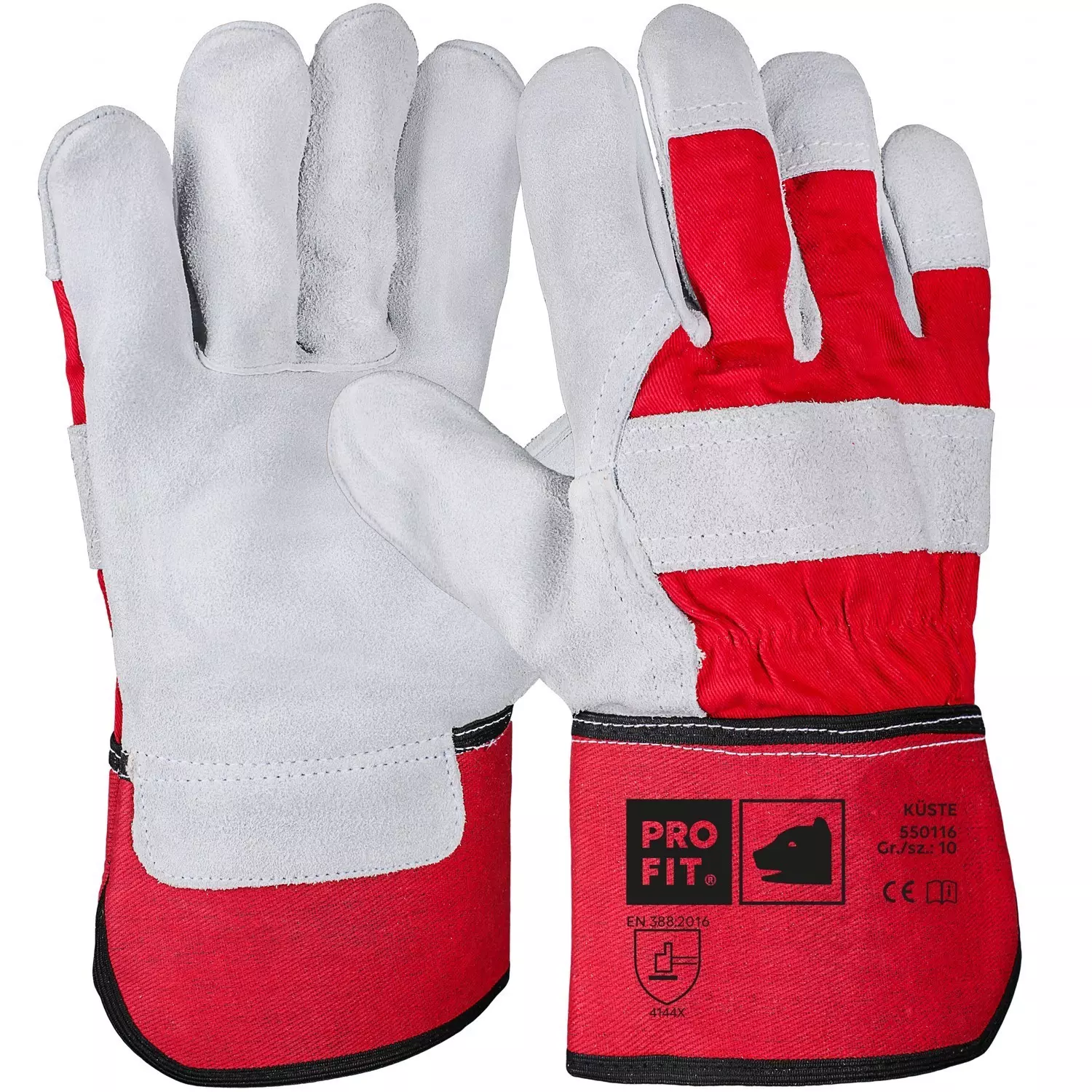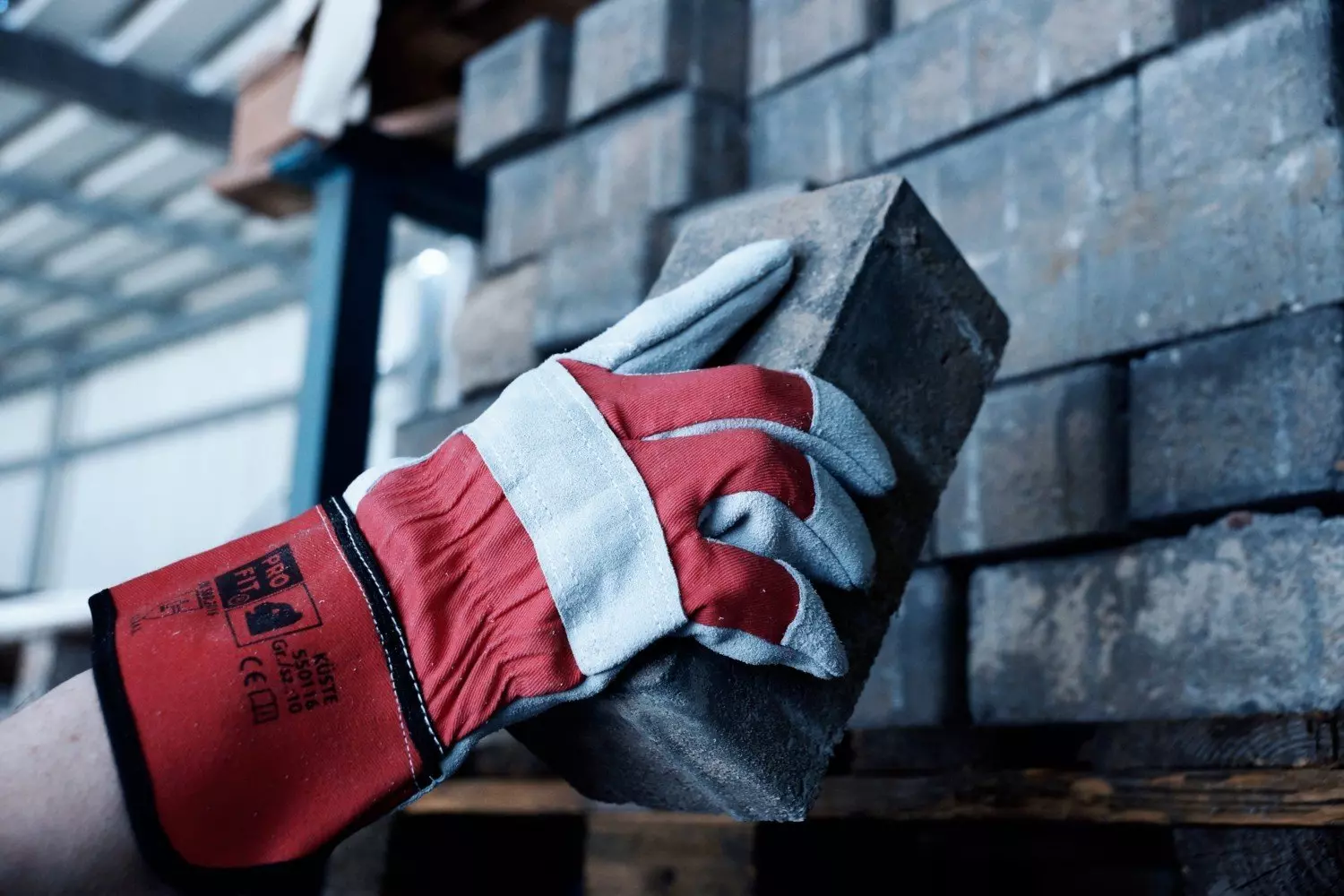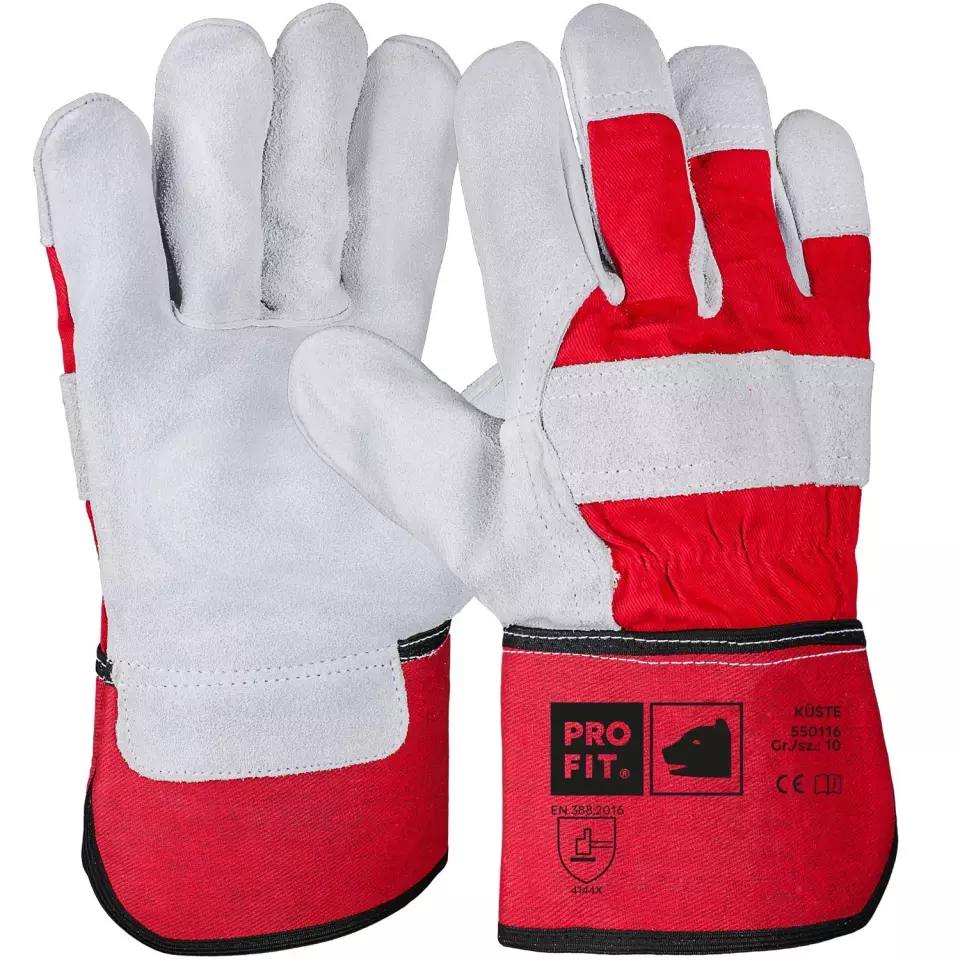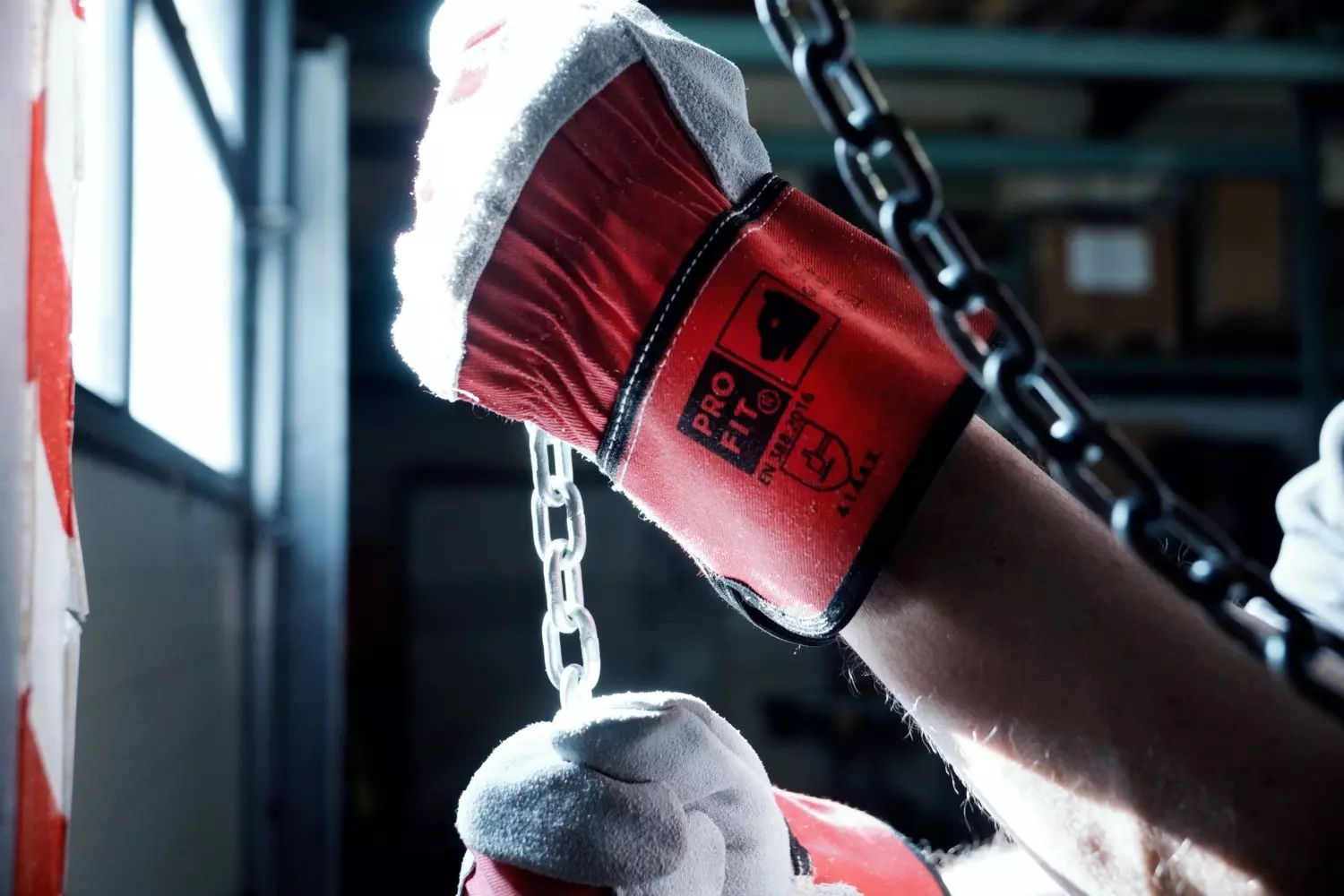


Features You'll Love

EN 388 · Tear Resistance Level 4, Puncture Resistance Level 4, Abrasion Resistance Level 4
Offers the highest level of protection against tearing, withstanding a strong force before ripping.
Offers the highest protection against puncture from objects like nails, measured with a standardized blunt probe.
Offers the highest level of protection against intense rubbing and wear from rough materials.
PRO FIT
Split Leather Work Gloves, 12 pairs
Split Leather Work Gloves, 12 pairs
5 / 5
326,38 kr
Price per 12 pairs
27,20 kr / pair
Choose size
Shipping fee is 55,20 kr for orders under 1 650,00 kr
Features You'll Love

EN 388 · Tear Resistance Level 4, Puncture Resistance Level 4, Abrasion Resistance Level 4
Offers the highest level of protection against tearing, withstanding a strong force before ripping.
Offers the highest protection against puncture from objects like nails, measured with a standardized blunt probe.
Offers the highest level of protection against intense rubbing and wear from rough materials.
Product description
High-quality split cowhide leather glove with excellent protective function and wearing comfort. The approximately 1.3 mm thick leather combined with the palm lining offers optimal protection while maintaining high flexibility. The canvas cuff and ergonomic fit ensure secure grip and freedom of movement during work.
Product Features:
- Premium quality split cowhide leather
- Material thickness approx. 1.3 mm
- Palm lining for enhanced wearing comfort
- Canvas cuff
- Soft and flexible design
Technical Details:
- Good abrasion resistance
- Ergonomic fit
- PPE Category II for medium risks
Standards:
- EN 420:2003 A1:2009
- EN 388:2016
- CE certified (CE FI19/964196)
